What products can replace water. How much liquid is contained in the most "watery" food and what other benefits it can bring to the body. Check out this list of 10 foods that will save you in the heat.
Cucumber (96.7%)

istockphoto.com
The recognized “water” leader among all food products is cucumber. It consists of almost 97% water. The remaining 3% are fiber and nutrients. This vegetable is high in potassium, magnesium, sodium, and vitamin K. Due to its high water content, cucumber has an excellent diuretic effect. In addition, it is able to saturate with moisture not only the body from the inside, but also the skin from the outside: the famous cucumber "circles" really work before our eyes.
Iceberg lettuce (95.6%)
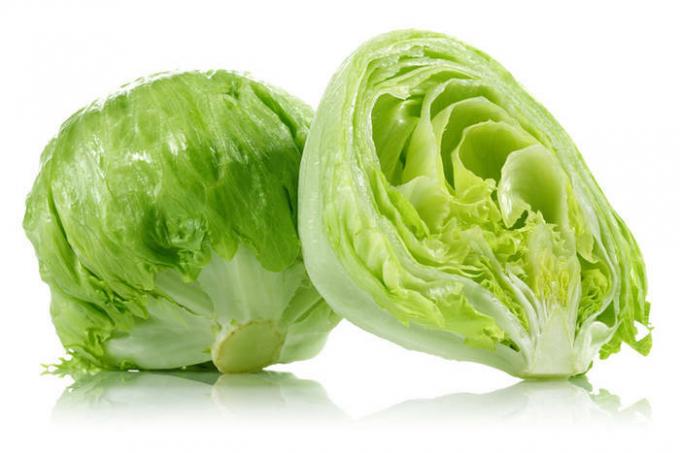
istockphoto.com
This leafy vegetable has earned a lot of criticism in its time. The fact is that apart from water, fiber and dietary fiber, there is practically nothing in it. The content of useful microelements in it is so scanty that nutritionists openly advise preferring Romaine salad to it. However, Iceberg has an undeniable advantage: it is completely non-calorie. This is just the case when to eat is like drinking a glass of water.
Celery (95.4%)

istockphoto.com
Celery (or celera) is an incredibly juicy vegetable, so it's much easier to get water from it than from Iceberg. To saturate the body with moisture, just a couple of stems are enough. In addition, you will receive a good charge of vitamins A, B and C, as well as flavanoids, which strengthen the walls of blood vessels and have an antibacterial effect.
Radish (95.3%)
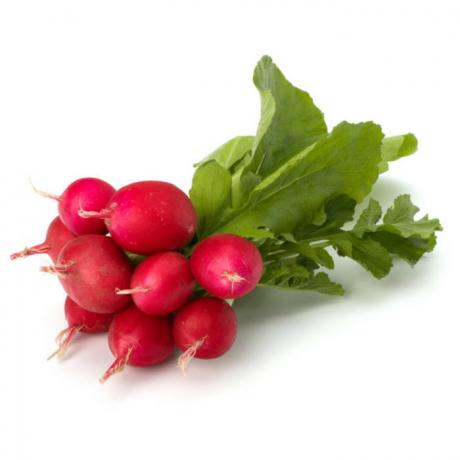
istockphoto.com
It makes sense to add crunchy juicy radishes to your daily diet, not only because of the water. It contains phytoncides, natural antibiotics that help our immune system fight viruses and bacteria. In addition, radishes contain a large amount of the flavanoid kakhetin: it is a fairly powerful antioxidant that blocks the development of cancer and slows down the aging process.
Zucchini (94.8%)
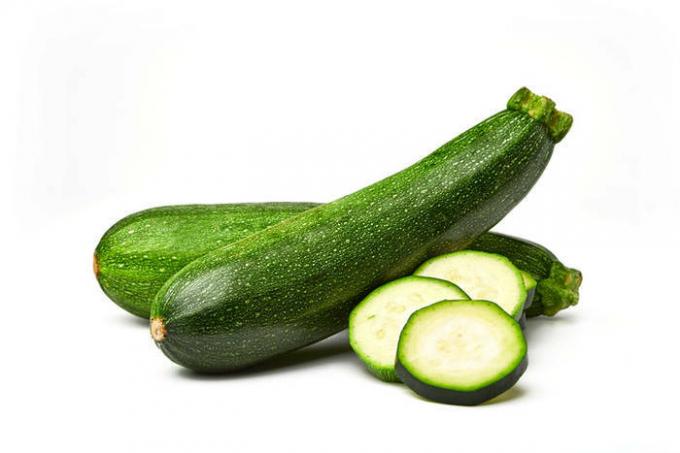
istockphoto.com
This variety of zucchini is the leader among vegetables in terms of the content of many vitamins and microelements. For example, zucchini has more carotene than carrots, and the vitamin C content is twice that of pumpkin. In addition, zucchini is considered an excellent source of potassium, phosphorus and calcium. And besides, it does not harm the figure at all6 100 g of the product contains only 16 kcal
Tomato (94.5%)
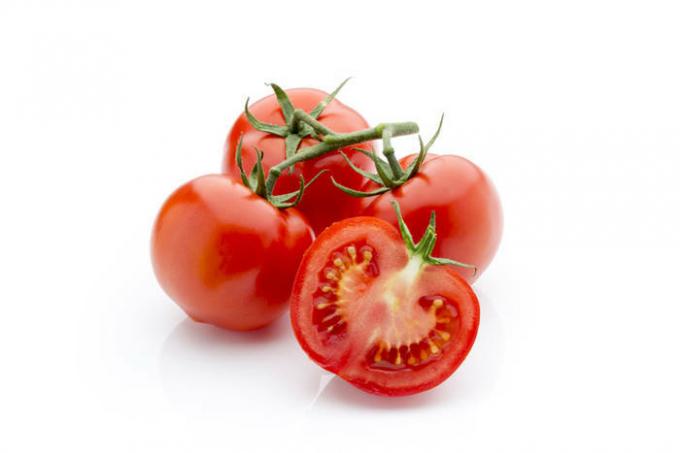
istockphoto.com
Tomatoes are not only juicy and rich in life-giving moisture, but also incredibly useful. In addition to the standard set of vitamins and nutrients for many nightshades, tomatoes contain lycopene. It is a natural antioxidant that improves digestion and regulates appetite. In addition, scientists recently concluded that lycopene prevents the development of tumors and improves vision.
Green pepper (93.8%)
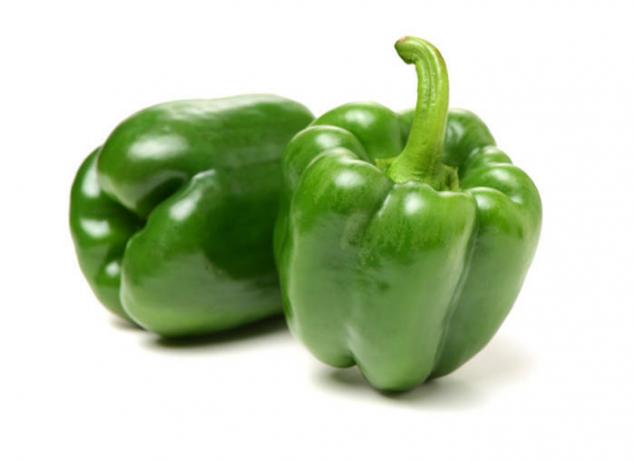
istockphoto.com
Any of the types of bell peppers (sweet) are very rich in water content, but green is the leader among all. In addition to liquid, it contains a lot of vitamin C: one ripe pepper contains about 4 times more than a whole lemon. Pepper is also able to saturate your body with vitamin A and rutin, which strengthens the walls of blood vessels and prevents the development of heart disease.
Eggplant (92.3%)
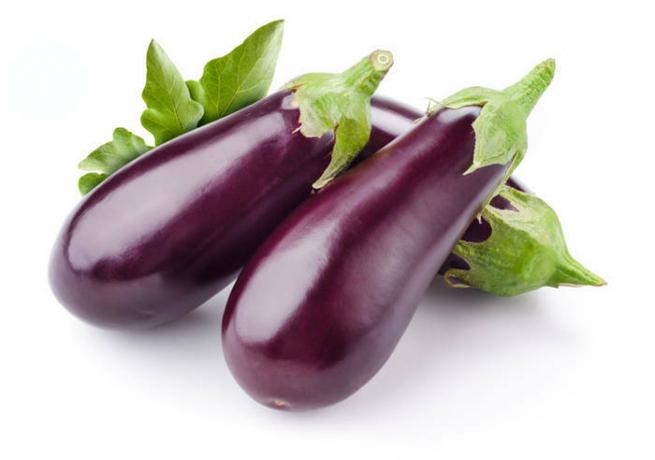
istockphoto.com
Eggplant is an amateur vegetable that needs to be cooked properly. Therefore, many do not add it to their diet. And it’s in vain, because in addition to the high moisture content in eggplants, there are also a lot of useful substances. These blue fruits contain a loading dose of iron, zinc and manganese, which is why they are indicated for iron deficiency anemia. In addition, eggplant helps to quit smoking: thanks to the content of vitamin PP (niacin), the body can more easily tolerate smoking cessation.
Cauliflower (92%)

istockphoto.com
At first glance, you can't say that this vegetable is so rich in water, but this is exactly the case. Boiled cauliflower perfectly nourishes the body with fluid. In addition, it is very rich in vegetable protein, vitamin C (70 mg per 100 g of product - that is, more than in oranges) and B vitamins. Of the unique properties of the vegetable - it contains the antioxidant sulforaphane, which normalizes blood pressure. Cauliflower also contains a lot of choline, which prevents vision problems.
Watermelon (91.5%)
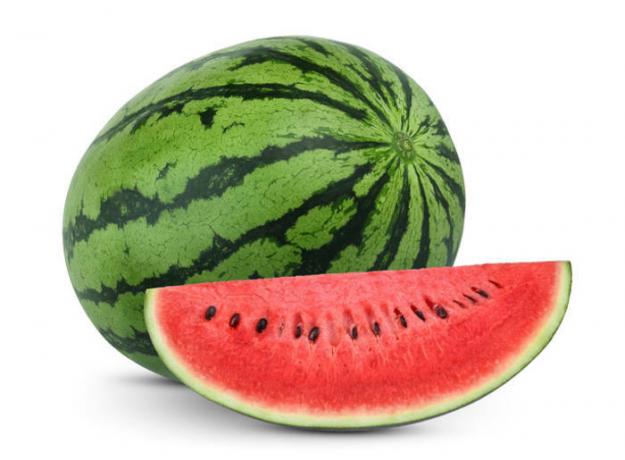
istockphoto.com
It's a paradox, but the most juicy berry takes the last place in our rating. However, this does not make the watermelon less useful. The most famous effect of it is a diuretic, which makes the watermelon excellent removes toxins from the body and toxins. In addition, the giant berry contains a large dose of vitamins A, E and C. It also contains folic acid and three whole antioxidants: lycopene, niacin and thiamine.
You will also be interested to read:
10 foods that shouldn't be refrigerated even in summer
TOP 7 unexpected weight loss products

